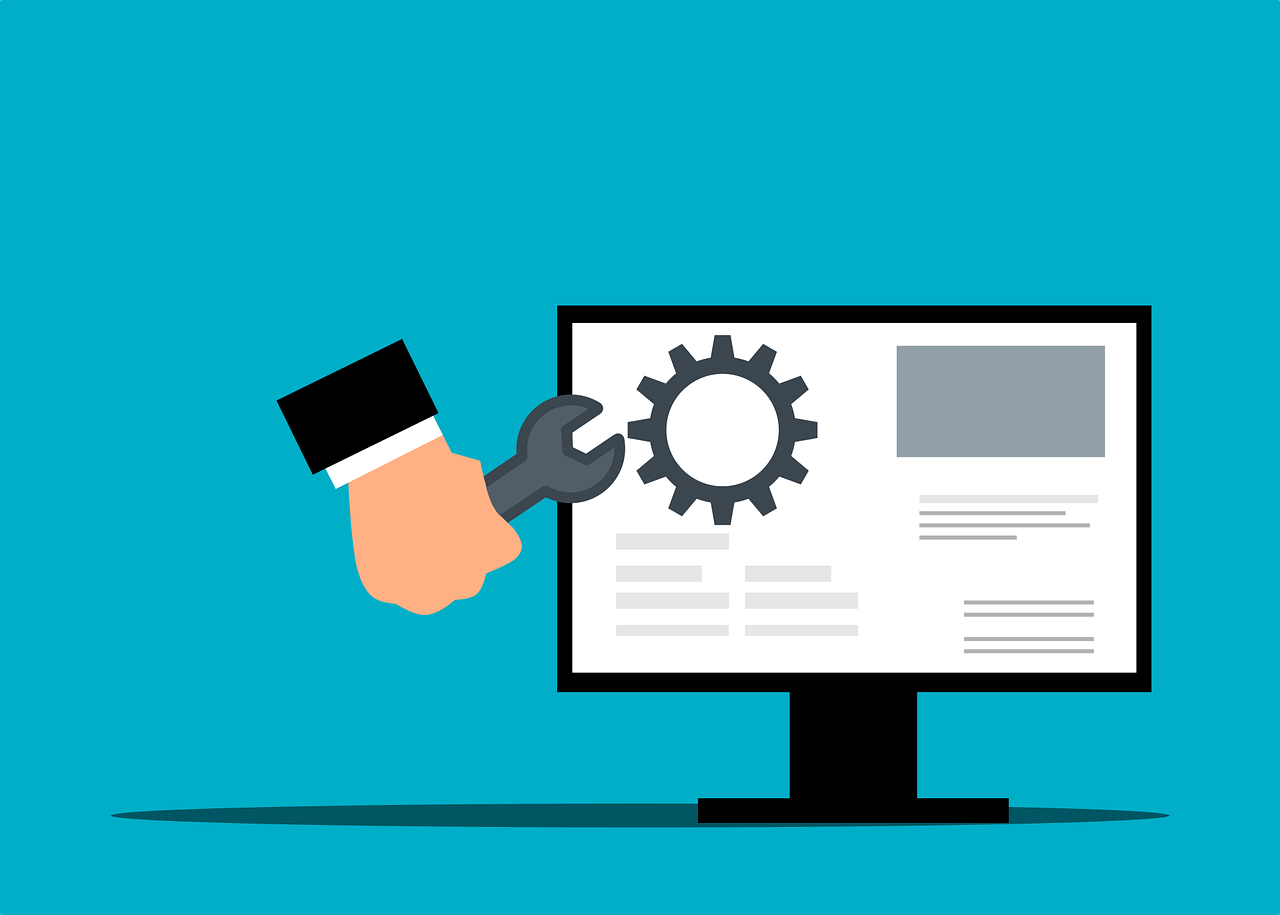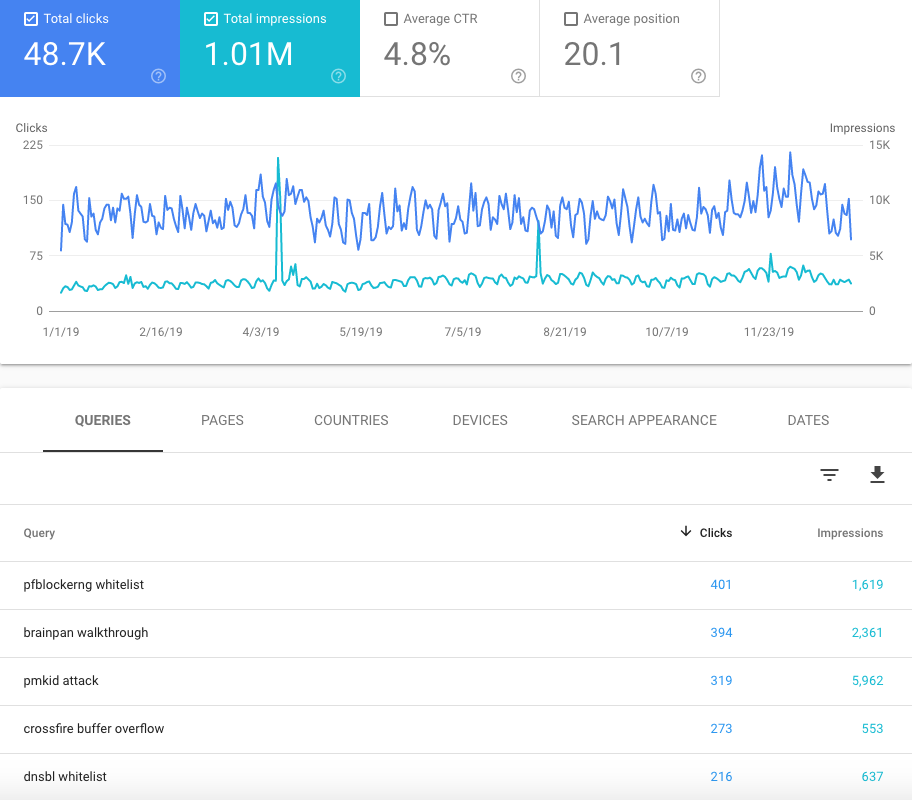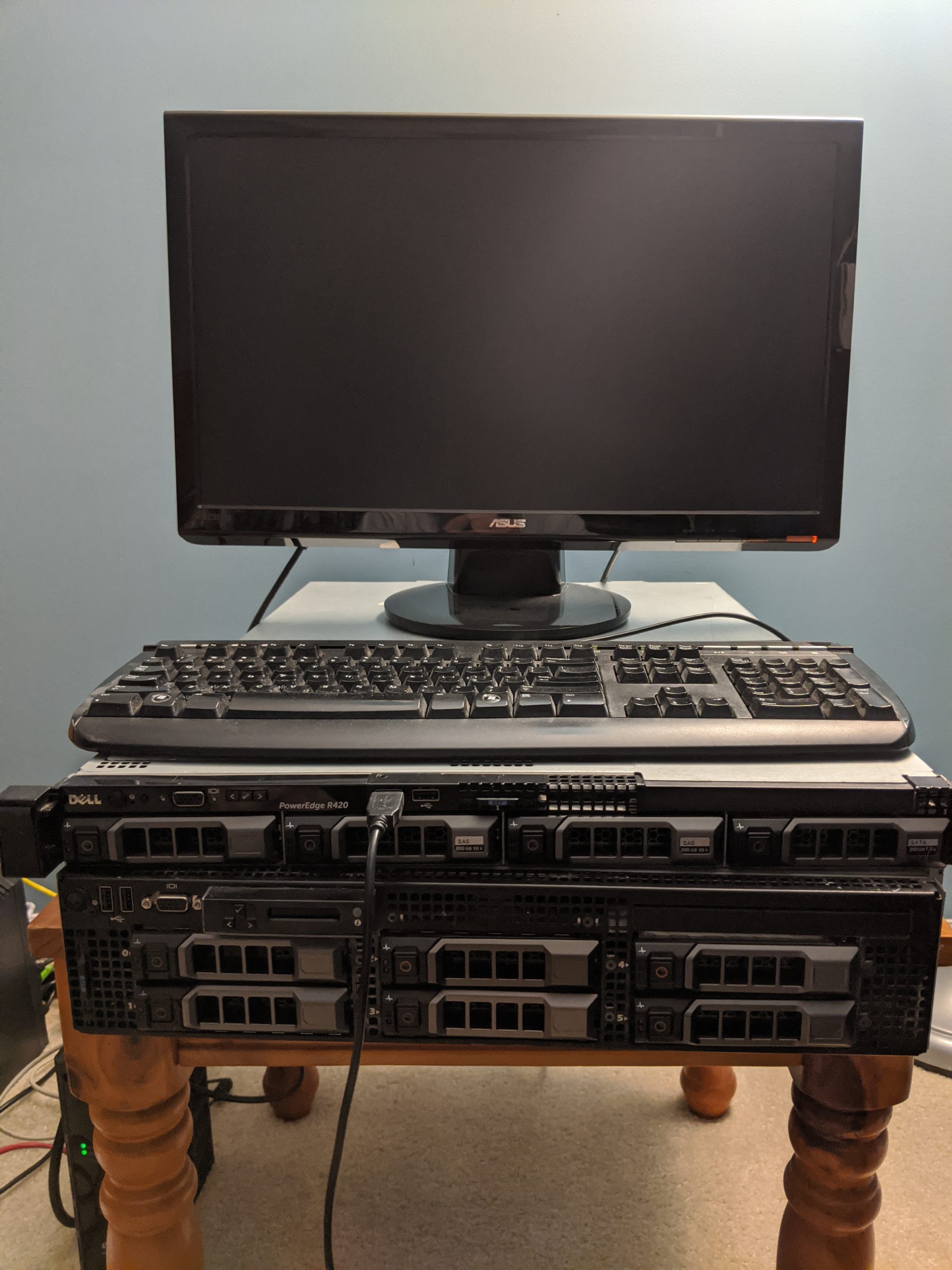Address
304 North Cardinal St.
Dorchester Center, MA 02124
Work Hours
Monday to Friday: 7AM - 7PM
Weekend: 10AM - 5PM
Address
304 North Cardinal St.
Dorchester Center, MA 02124
Work Hours
Monday to Friday: 7AM - 7PM
Weekend: 10AM - 5PM

Need the best hacking software? Want to know what tools the attackers are using against your organization or network? Or just want to learn how to develop and install your own hacking tools? If so, then this is the section for you!
If you are looking for the best hacking software, or want to write your own, then hopefully this page can help! I’ve used a lot of different software and written at least a few pieces of code myself.
This will primarily serve as a landing page for the hacking tool sub-topics, but I will at least cover each of them at a high level here as well.
Let me know in the comments if there is anything that you think that I should add, or what your favorite tools are.
Hacking programs, security software, etc. are a set of tools that can be used in your attacks against systems, computers, applications, or users.
There are a lot of different terms or definitions, but basically, these are tools that will aid you in your attempts to break into computer-based systems with permission.

I’m using the terms “hacking tools” and “hacking programs” for SEO purposes on this page, but I’ll be discussing anything that could be used for both offensive and defensive information security.
Hacking tools can target everything from front-end web applications and APIs to the networks and infrastructure running them, or anything in between. They also vary from wildly complicated, command-line programs to the simplest UI applications that you can imagine.
Generally speaking, penetration testers will use hacking programs against an organization to find vulnerabilities before bad actors find and exploit them.
When using these hacking tools, you need to ensure that you have permission to attack the targets, as well as that you understand how the tool works. Even with permission, you could accidentally attack an out-of-scope system or crash your intended target.
While you could easily argue that a blog isn’t a hacking tool, it’s still been one of the best in my arsenal!
I’ve been running WordPress on a DigitalOcean droplet for the last few years, and have been using Google Domains for DNS and registration.
The blog started as a way for me to document my processes and techniques, and then turned into a learning platform for thousands of users a month!

Even if you don’t have a public “blog”, the same concept can apply. Start something like an internal DokuWiki to document the attacks and techniques you perform. I cannot count the number of times that I start searching for a specific technique or command by coming here first.
Plus, a lot of professional penetration testing revolves around writing and communication, so more practice never hurts!
If you’d rather learn different techniques or attacks by implementing them, then why not consider coding your own hacking software?
I write various tools and exploits when I can, and most end up in my GitHub repository.
Even defenders can dig deep into different network attacks or techniques by writing the exploit or detection themselves.
While this path isn’t for everybody, if you are looking for a side-project to strengthen your coding chops, then security tools are one of my favorite.
And, if you do end up writing some tools or exploits, then you can put them on your blog from above or your resume!
If you want to try out any of the software in this post, on this blog, or online, then you’ll need a place to do so.
Running a lab environment has more than a few benefits, so I highly recommend it. Even if you are not into security, you still get experience with systems and network administration, as well as various operating systems.

From an attacker’s standpoint, if you want to test out various hacking tools safely, then running them in a controlled environment is ideal. You can set up a target that you know is vulnerable, you can run the tool on a system you don’t care about, and you can make sure that everything works as expected. As a bonus, when you test out tools in this manner, you don’t have to worry about any potential legal issues.
For defenders, you can test out various defensive solutions and configurations, without worrying about disrupting production systems and users. You can also see what attacker traffic looks like so that you can better detect and respond to threats as they happen.
If you want to hack legally from home, then setting up your own physical or virtual lab is a great idea, and it will give you plenty of chances to try out the best hacking software.
From netcat to Cobalt Strike, there is no end to the amount of published computer hacking software or the price points that they are at.
I am hoping to cover as many different tools and scripts as possible, but there is no way that I can cover them all. That said, I’m also open to the idea of just including huge directories with simple descriptions if people would prefer to see them listed that way.
I plan on covering mostly free tools, as they are more accessible to most people (including me), but if I can get my hands on some paid tools, I’ll try to show those off as well.
If I HAD to pick the paid tool that I used the most right now, it’d likely be Burp Suite. It’s arguably irreplaceable from a web application assessment standpoint, and I’ve been using it for years now. While you can get by with the free version, the paid version is definitely worth the upgrade cost. If you want to get into web application penetration testing or bug bounties, then I’d recommend this be your first purchase.
I don’t know if there is any way that I can monetize knowledge about the best hacking software, but maybe I will see if any of them have decent affiliate programs. If not, let me know if you’d like to see any books or courses for some of the larger tools!
This is a topic that I’m slowly getting into, but I can’t talk about hacking software without also talking about data security and privacy.
Generally speaking, VPNs are a great first step for data security and privacy, and they are also easily accessible to most people regardless of technical skills.
I use NordVPN and even have a NordVPN and OpenPYN setup for always-on Linux VPN.
Plus, I'm a NordVPN affiliate, so if you register using the button below, then it helps me out a bunch!
Get Your NordVPN Offer Now!There are a LOT of other VPN solutions, so I’ll likely work on a ton of different reviews and comparisons, as they also have some great affiliate programs.
In addition to actual defensive tools, I’m also hoping to cover privacy and security topics that are non-technical, such as good OPSEC.
Last, and certainly not least, is pfSense. Some of my most popular topics on this blog revolve around pfSense, so I had to give it a dedicated category.
While the pfSense firewall could easily fit under lab software or security and privacy, I want to give it as much real-estate on this blog as possible.
I think that pfSense is a great firewall for a home network, and is easily configurable for a small or medium business. Plus, setting it up will teach you a lot more about various networking methodologies and configurations.
In addition to learning network administration skills, you can run applications like Snort on top of pfSense, to prevent actual intrusions, or to catch yourself in the act.
And, as a bonus, I’m STRONGLY considering making pfSense my first batch of focused content, either for the blog / YouTube or an entire paid course!
Much like my other navigation posts, this will serve as a shorter landing page for each of these topics. That said, each of the sub-navigation pages will go into more depth, as well as include links to specific blog posts.
If it hasn’t been clear from any of my blog posts, I prefer the hands-on approach, and playing with different hacking software is one aspect of that.
If you feel like there are some hacking tools that I’m missing out on or security categories in general, then let us know.
Ray Doyle is an avid pentester/security enthusiast/beer connoisseur who has worked in IT for almost 16 years now. From building machines and the software on them, to breaking into them and tearing it all down; he’s done it all. To show for it, he has obtained an OSCE, OSCP, eCPPT, GXPN, eWPT, eWPTX, SLAE, eMAPT, Security+, ICAgile CP, ITIL v3 Foundation, and even a sabermetrics certification!
He currently serves as a Senior Staff Adversarial Engineer for Avalara, and his previous position was a Principal Penetration Testing Consultant for Secureworks.
This page contains links to products that I may receive compensation from at no additional cost to you. View my Affiliate Disclosure page here. As an Amazon Associate, I earn from qualifying purchases.